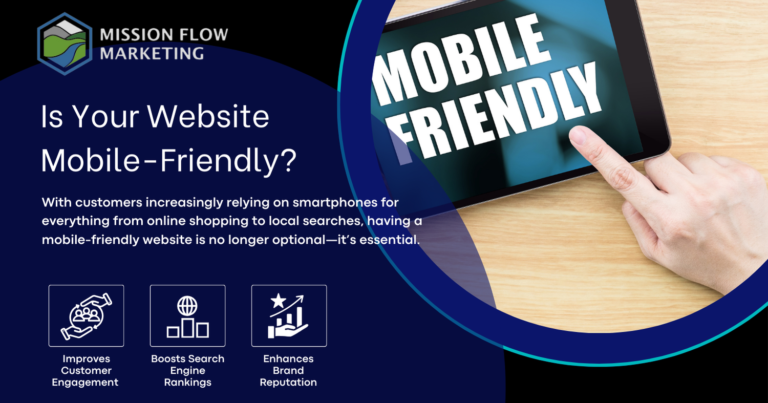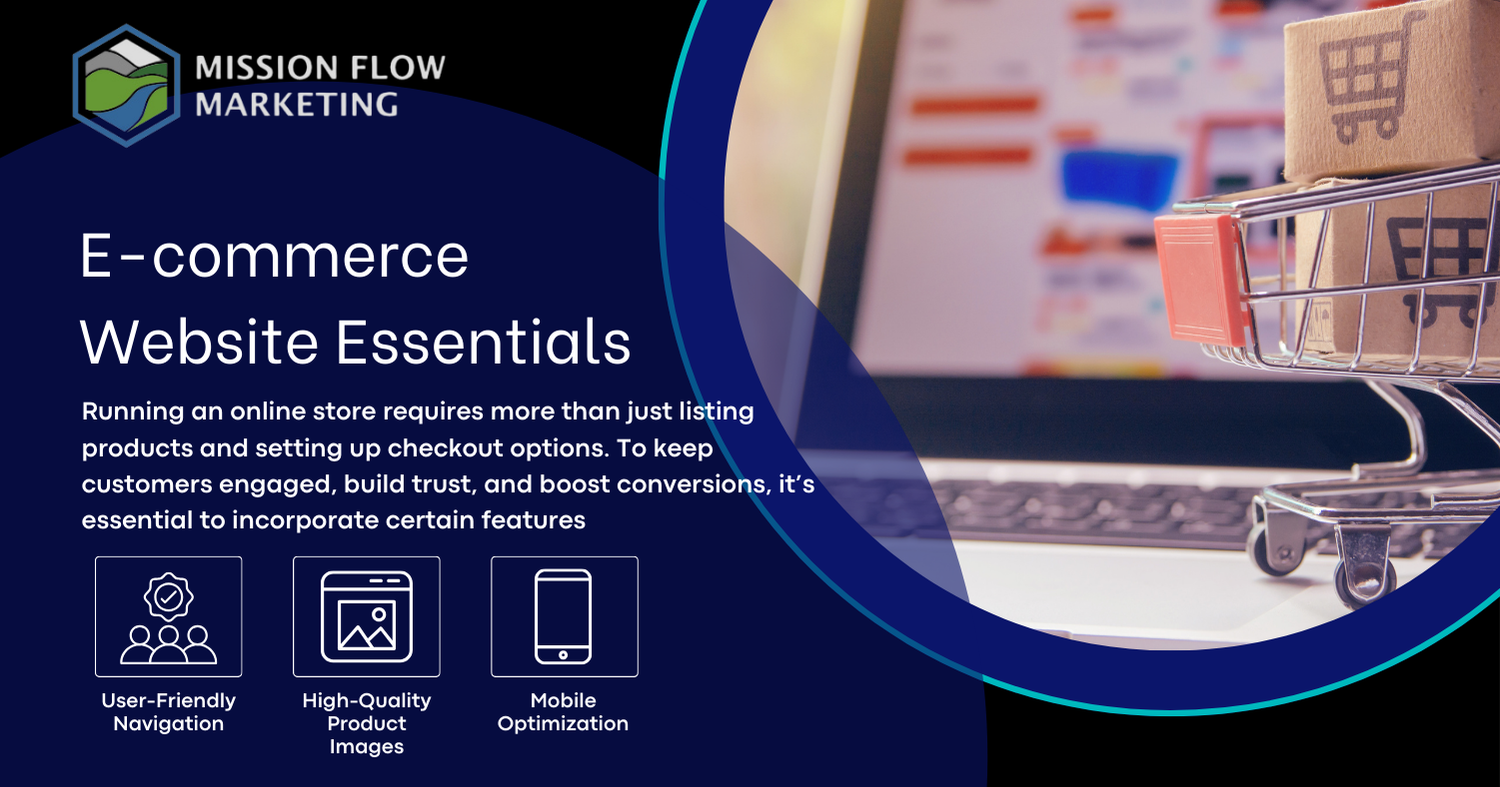

Running an online store requires more than just listing products and setting up checkout options. To keep customers engaged, build trust, and boost conversions, it’s essential to incorporate certain features that create a seamless shopping experience. Here’s a guide to the must-have features for an effective e-commerce website.
A clear and intuitive navigation system is the backbone of a successful e-commerce website. Visitors should be able to find products easily without getting lost or frustrated. Include a search bar, organized product categories, and filters to help customers narrow down options quickly.
Use breadcrumb navigation, which shows users their path on the site, to make browsing and backtracking easier.
The quality of product images and descriptions plays a significant role in online sales. Since customers can’t physically interact with products, they rely on images and descriptions to make purchasing decisions. Use high-resolution images, include multiple views of each product, and provide detailed descriptions that cover size, materials, and usage.
If possible, include videos or 360-degree views to give customers a comprehensive look at each product.
With a growing number of shoppers using mobile devices, mobile optimization is essential for e-commerce success. A mobile-friendly site not only enhances user experience but also improves SEO and reach. Ensure your site’s design is responsive, meaning it adjusts to different screen sizes, so customers can easily shop on any device.
Test your website’s mobile functionality to ensure buttons are easy to tap, images load quickly, and navigation remains intuitive on small screens.
Security is paramount for online transactions. Offering secure, well-known payment gateways (like PayPal, Stripe, or credit card options) helps reassure customers that their payment information is safe. Display security badges or SSL certificates to further boost trustworthiness.
Consider offering multiple payment options, including digital wallets like Apple Pay or Google Pay, to cater to a wide range of customers.
Cart abandonment is a common issue in e-commerce, often due to a complicated or lengthy checkout process. Simplify checkout by limiting the number of steps, offering a guest checkout option, and displaying shipping costs upfront.
Use progress indicators in multi-step checkouts to show customers how close they are to completing their purchase.
Social proof is crucial in building trust and encouraging purchases. Allow customers to leave reviews and ratings for products, which can influence the buying decisions of other shoppers. Positive reviews not only boost credibility but also provide valuable feedback on your products.
Consider adding a “Verified Purchase” badge to reviews from verified buyers to enhance authenticity.
Transparency in return and shipping policies is key to customer satisfaction. Provide clear information about shipping costs, delivery times, and return processes. Displaying this information prominently on product pages or in the checkout process can help avoid confusion and build trust.
Offer free shipping or easy returns if possible, as these perks can be powerful motivators for online shoppers.
Personalized shopping experiences can significantly increase sales. Incorporate features like “Recommended for You” or “Customers Also Bought” to show relevant products based on the user’s browsing and purchase history.
If you use personalization, make sure it’s unobtrusive and feels helpful rather than intrusive.
Search engine optimization (SEO) is vital for driving organic traffic to your site. Each product page should be optimized with relevant keywords, clear meta descriptions, and high-quality images. This helps search engines understand your products, making it easier for potential customers to find you online.
Focus on long-tail keywords specific to your products, as they often have less competition and higher conversion rates.
Offering real-time support, whether through live chat or a chatbot, can help answer customer questions instantly. This not only enhances the shopping experience but can also resolve issues that might otherwise lead to cart abandonment.
Make sure your live chat or chatbot is easy to find on the page and offers helpful, relevant responses.
By incorporating these essential features, you can create an e-commerce website that attracts, engages, and converts visitors. A well-designed site that prioritizes user experience, trust, and convenience can help your business stand out in a competitive online market.
Ready to build a high-converting e-commerce site? Contact Mission Flow Marketing today for a free quote! We specialize in creating optimized, user-friendly e-commerce websites that drive sales and keep customers coming back.